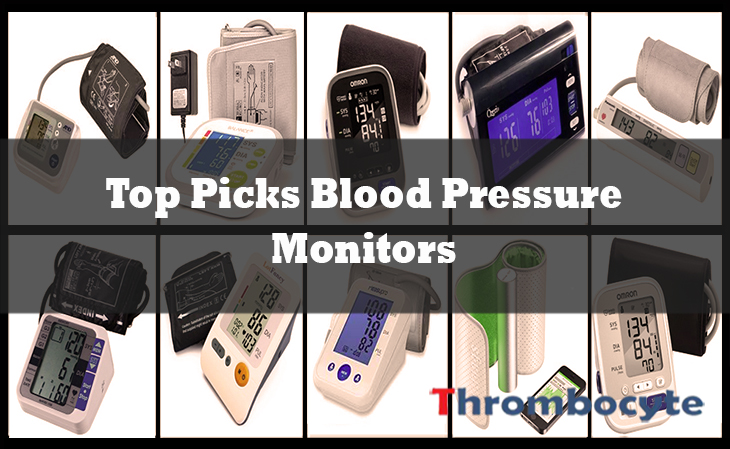Potential Nutrient Deficiencies
The Vitamin Deficiency
Vitamin E
Vitamin A
VITAMIN E is a fat-soluble vitamin with antioxidant properties that protect cells from damage caused by free radicals. It is essential for the normal functioning of the immune system, skin, and eyes, and may also play a role in helping to prevent chronic diseases such as heart disease and cancer.
The daily recommended intake of VITAMIN E for both men and women is 15 mg. However, based on the age and health conditions, it may vary.
– Infants (0-12 months): 4-5 mg/day
– Children (1-8 years): 6-7 mg/day
– Adolescents (9-13 years): 11 mg/day
– Adolescents (14-18 years): 15 mg/day
– Adults (19 years and older): 15 mg/day
– Pregnant women: 15 mg/day
– Breastfeeding women: 19 mg/day
NOTE: It is always recommended to consult a healthcare professional to determine the right dosage for an individual.
VITAMIN A is a fat-soluble vitamin essential for maintaining good health and proper functioning of the immune system, vision, reproduction, and skin health. It is involved in the growth and development of cells, particularly in the eyes, skin, and respiratory system.
Depending on the age and gender, the recommended daily VITAMIN A intake will vary.
For males:
– Age 14-18 years: 900 mcg
– Age 19 years and older: 900 mcg
For females:
– Age 14-18 years: 700 mcg
– Age 19 years and older: 700 mcg
NOTE: Pregnant and breastfeeding women may need higher amounts of VITAMIN A. It is important to note that taking excessive amounts of VITAMIN A can be harmful, making it essential to follow these recommended daily intakes and speak with a healthcare provider before taking any supplements.
The Mineral Deficiency
Iron
Zinc
IRON is a mineral that is essential in its role in the human body. It helps in the production of hemoglobin, a protein in red blood cells that transports oxygen throughout the body. It is also important in the metabolism of energy, immune function, and cognitive development. IRON deficiency can lead to anemia, fatigue, weakness, and impaired brain function.
The daily recommended intake of IRON varies depending on age, gender, and health status. The recommended intake for adults is:
– Men: 8 mg/day
– Women (ages 19-50): 18 mg/day
– Women (over age 50): 8 mg/day
– Pregnant women: 27 mg/day
NOTE: Vegetarians and vegans may need up to 1.8 times more IRON per day than non-vegetarians due to the lower bioavailability of IRON from plant-based foods. Consult a healthcare professional to determine your individual IRON needs.
ZINC is an important mineral that plays several vital roles in the body. It is involved in immune function, growth and development, wound healing, and DNA synthesis. It is also important for the senses of taste and smell, and for maintaining healthy skin, hair, and nails. ZINC deficiency can lead to a weakened immune system and delayed growth and development, while excessive intake can be toxic and cause gastrointestinal problems.
The daily recommended intake of ZINC varies depending on age and gender. The following are the recommended daily intake of ZINC:
– Infants aged 0-6 months: 2 mg
– Infants aged 7-12 months: 3 mg
– Children aged 1-3 years: 3 mg
– Children aged 4-8 years: 5 mg
– Children aged 9-13 years: 8 mg
– Adolescents (boys aged 14-18 years): 11 mg
– Adolescents (girls aged 14-18 years): 9 mg
– Adults (men aged 19+ years): 11 mg
– Adults (women aged 19+ years): 8 mg
NOTE: Pregnant and breastfeeding women may need additional ZINC intake, and it is recommended to consult with a healthcare provider to determine the appropriate intake.
- READ MORE




